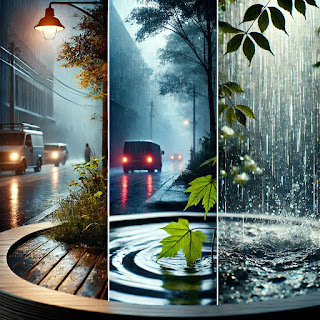The Writer’s Mirror: How Introspective Writing Reveals Your True Self

Unveiling the layers of your identity through journaling and self-reflective prose "In the act of writing, we confront ourselves—our truths, contradictions, and untapped potential. Writing doesn’t just reflect who we are; it shapes who we can become." Writing is more than a creative outlet or a way to organize thoughts. It is a journey inward, a dialogue with the self that reveals the truths hidden beneath the noise of everyday life. Through introspective writing, we open doors to self-awareness, emotional growth, and personal transformation. This practice bridges the inner and outer worlds, enabling us to articulate the ineffable and confront the subconscious forces that shape our actions and beliefs. Writing as the Key to Inner Clarity The human mind is a labyrinth of thoughts, emotions, and experiences. Writing serves as a guide through this maze, helping us to make sense of the chaos. As we commit our thoughts to paper, fragmented ideas become cohesive, and fleeting emoti...





